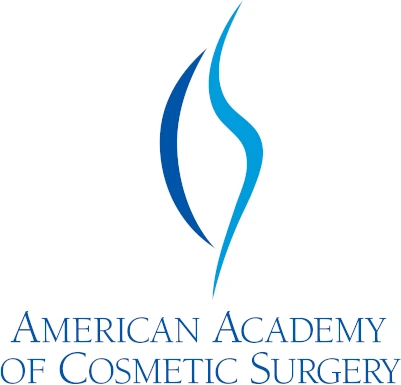Brandy Fenwick PTA, LMT, CLT, MLD-C | Allied Health & Practice Development Committee Co-Chair
In an era of exponential growth in cosmetic procedures, there has been a growing awareness of the need for excellence in post-operative care. Within this ever-evolving industry, ensuring high standards and safety throughout a patient’s journey—from initial consultation through post-surgical follow-up of up to a year or longer—are paramount. This patient-centric journey often entails detailed services, recommendations, and self-care programs. The importance of having licensed specialists on staff—be it an LMT, MA, RN, PT, or OT—cannot be overstated. These professionals undergo rigorous training and possess cutting-edge knowledge to deliver optimal outcomes.
Ensuring patient safety and maintaining high standards of care are essential not only during scheduled patient follow-up office visits but also when providing post-operative care independently of the surgical team’s direct supervision. Maintaining open lines of communication ensures that clients are well-informed, at ease, and actively engaged in their transformative journey. Setting clear standards and expectations for patient care post-operatively is essential as post-operative specialists serve as the first line of defense in a patient’s care following a procedure. Therefore, it is crucial to know the qualifications and quality of care these specialists bring. Establishing a culture of high expectations for patient safety and care instills confidence in patients, assuring them that they are receiving care from highly skilled professionals.
There are several critical aspects to consider when providing post-op care, including thoroughly educating patients on drain management, incisional healing, proper garment usage, post-op hygiene, and the recovery process. Monitoring for signs of complications and maintaining communication with the surgical team throughout the recovery process are also vital components of post-operative care.
It is common to have approximately two to three in-office follow-up appointments; additionally, remote follow-up can be employed. What may seem “normal” to surgical staff might not be perceived similarly by the patient. Some patients may hesitate to reach out to the office, fearing they are bothering staff, while others may not recognize issues that could have been resolved sooner with specialist intervention. Therefore, having post-operative specialists available to patients, remotely or in person, can significantly optimize surgical outcomes, ensuring comprehensive and seamless care throughout the critical post-operative recovery phase.
Prioritizing safety and maintaining high standards of care in the post-operative setting is essential for the well-being and satisfaction of patients undergoing cosmetic procedures. To achieve this, the provider should adhere to the following best practices of care:
- Employ licensed and certified staff with comprehensive training in lymphatic therapy (massage), drain care, tissue morphology, garment use, self-care programs, and post-operative hygiene
- Be easily accessible for communication about the surgical care plan
- Ensure proper establishment and upkeep of patient privacy standards
- Utilize appropriate personal protective equipment (PPE) for biohazard management and infection control
In conclusion, the dedication to excellence in post-operative care is crucial for ensuring the safety and satisfaction of patients undergoing cosmetic procedures. By following best practices, maintaining open communication, and employing highly trained specialists, providers can optimize outcomes and provide comprehensive care throughout the recovery process.
